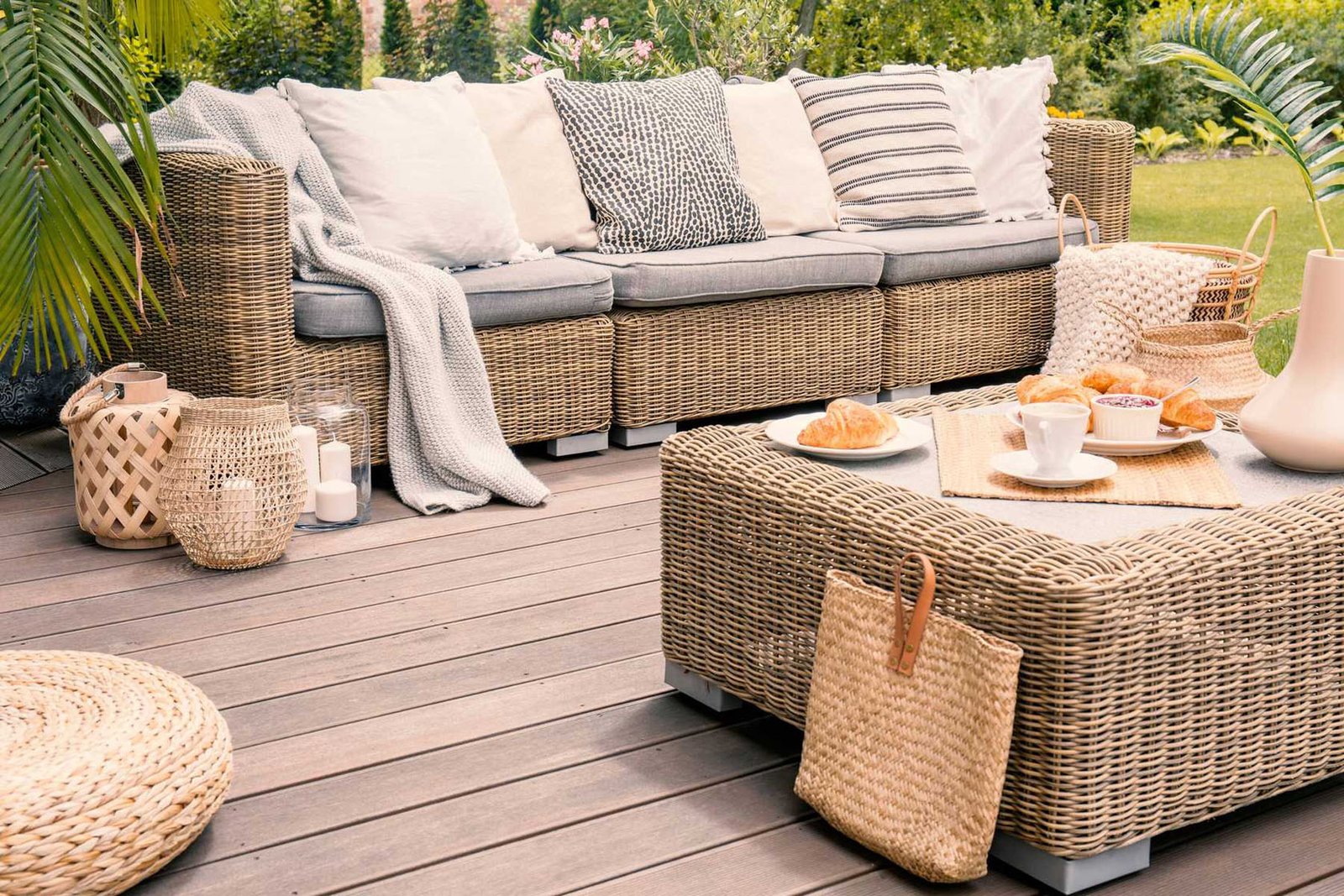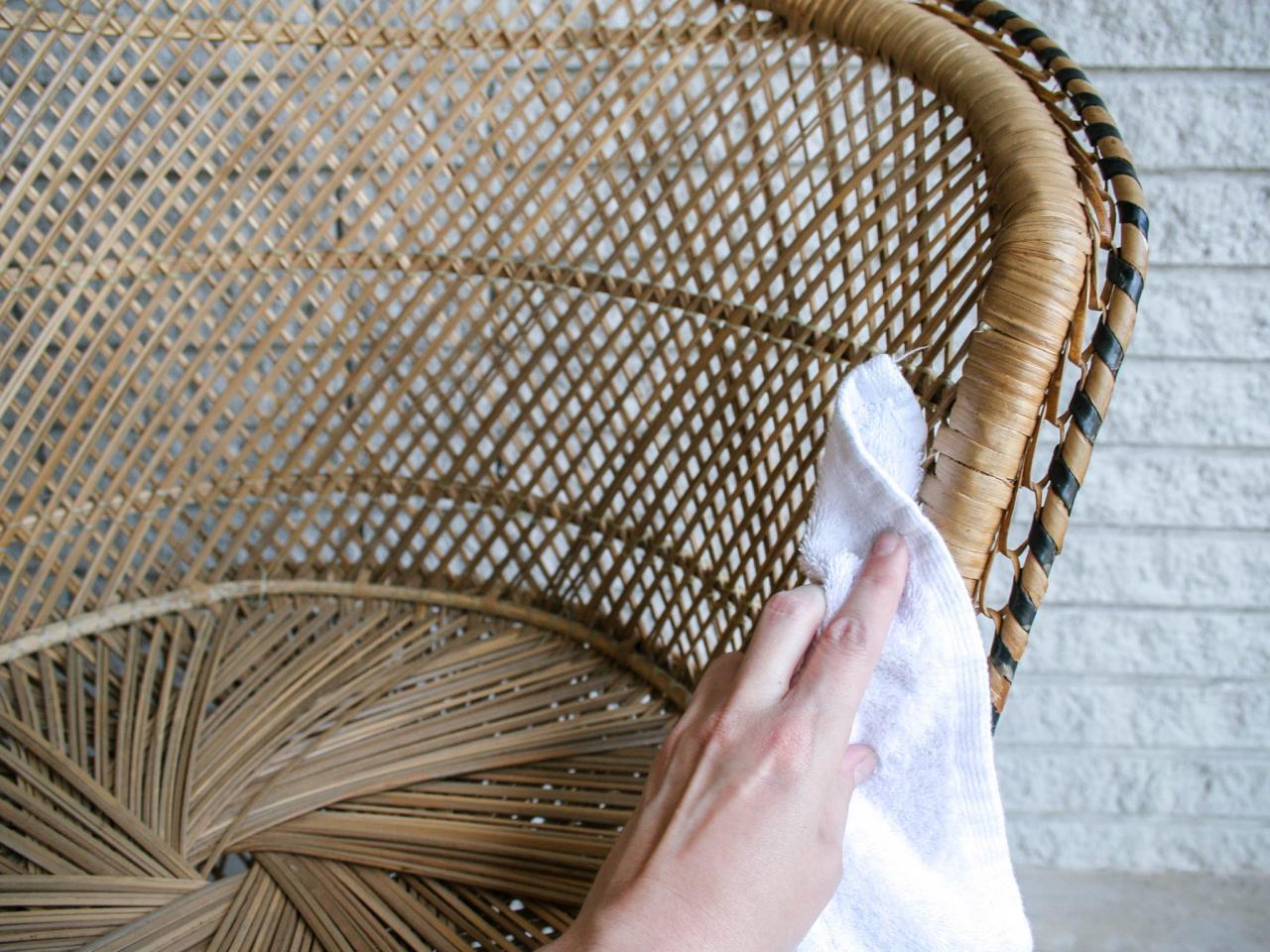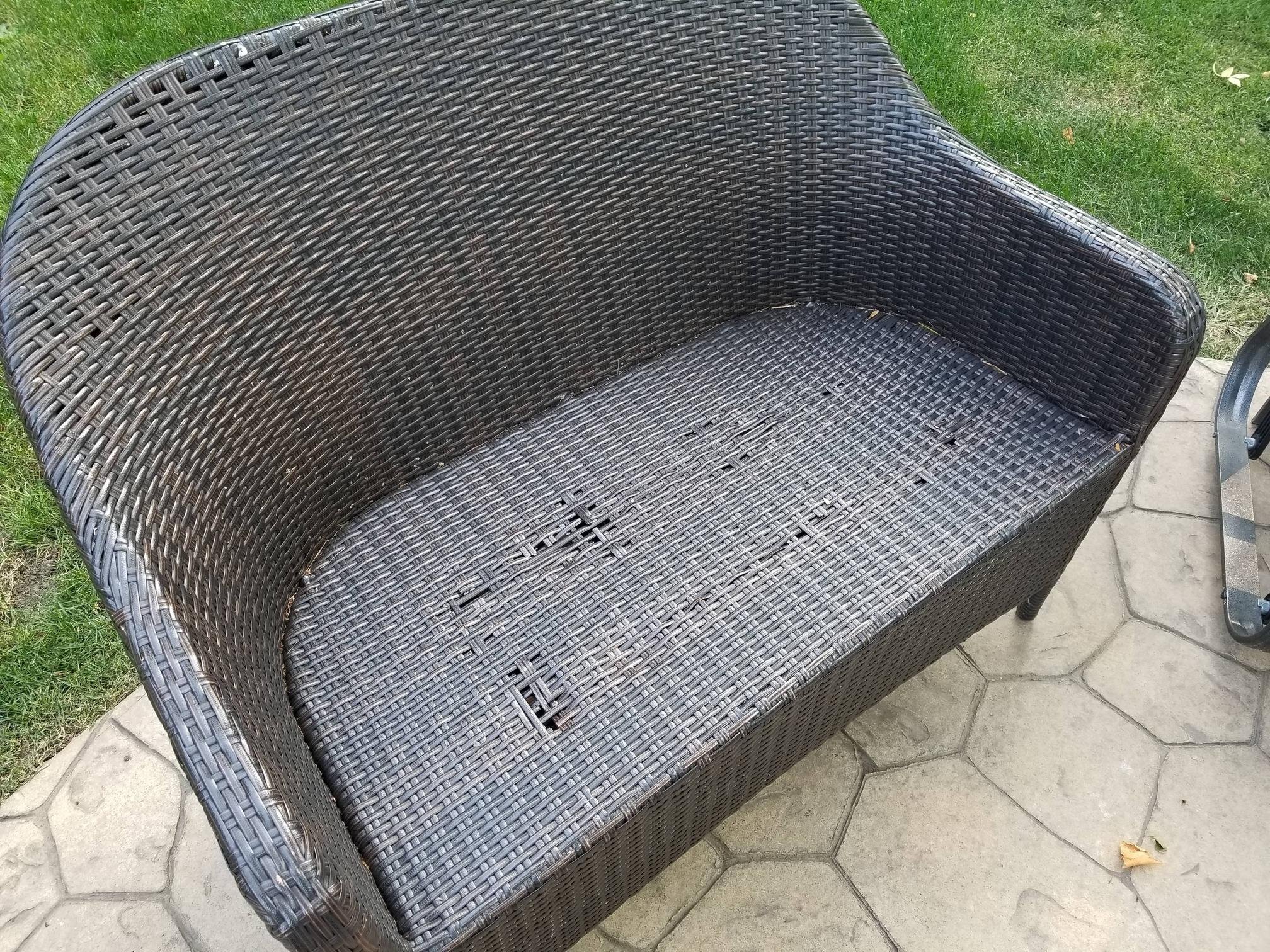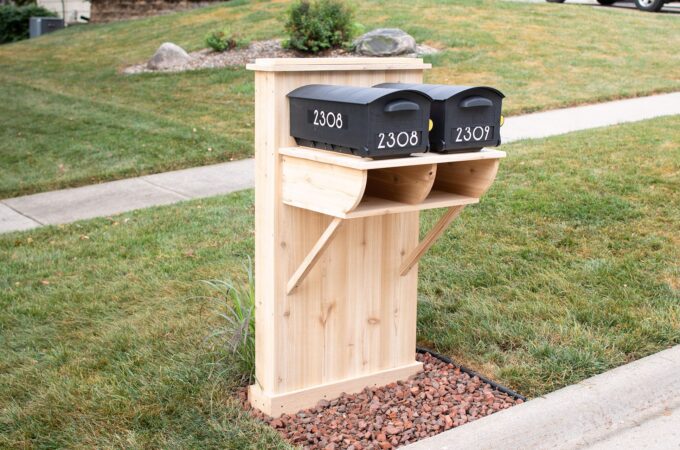
Wicker Sofa Furniture Cleaning Tips
Wicker is the oldest furniture-making method known to humans, which involves weaving furniture pieces from stems and vines. It originated around 5,000 years ago as it was first documented in ancient Egypt where people used pliable plant materials. In modern times, any type of easily woven and pliable material is employed. The fact that it still exists shows how much value it holds among furniture makers and designers. Though the present form of wicker has undergone a vast transformation, its basic concept hasn’t changed.
What is Wicker?
It is believed that the word “wicker” has Scandinavian origins, meaning “to fold” and “willow”. This is because this type of furniture is traditionally made of plant materials, such as willow, rattan, reed, and bamboo. However, nowadays, synthetic materials are also used to make it.

Wicker furniture is suitable for any place in the house, but it’s generally preferred for outdoor spaces because it’s light yet durable and sturdy. This makes it perfect for items that are moved around often, like porch and patio furniture.
Outdoor wicker sofas are considered the most popular out of all the various types of wicker furniture. They have always been very reliable because they’re old-school, stylish, durable and comfortable pieces. However, just like any other furniture, they also require regular cleaning and maintenance. The troublesome part is that the tight weave makes wicker a challenging and time-consuming material to clean. Follow the expert cleaning tips below and you’ll be able to add a few extra years to the lifespan of your furniture piece.
Dealing with Dust on Wicker Sofas
Wicker sofas are usually outdoor furniture pieces as they are prone to dust build-up. Inside, they’ll render the space a den for dirt, which can irritate allergies. Besides that, when allowed to accumulate for a long time, dust and other dirt particles can damage the surface of the sofa. Because of that, it’s important to perform simple cleaning maintenance tasks every day.
- Remove the cushions and clean them separately following the manufacturer’s instructions. Proper care varies by fabric type.
- Dusting with a cleaning brush or a cloth on a daily basis. Regardless of the material the wicker is made of, routine cleaning will keep it looking its best.
- Vacuuming with a cleaner can also be effective. Unlike dusting, this process can be repeated only once every two weeks.
- Use a toothbrush to clean tricky, hard-to-reach spots and heavier dust.
- Purchase covers for outdoor wicker furniture. Shielding it from the influence of weather when it’s not used will prevent it from wearing out.
By dusting or vacuuming your wicker furniture regularly, you’ll make sure that the cracks and gaps are kept dust-free. Doing this will help preserve its good appearance.
You may also find that the crevices of the furniture easily attract hair. The most efficient and cost-effective way to remove it is with tweezers.
Using Water to Clean Wicker
Wicker pieces require a more thorough cleaning once or twice a year. Besides the dry-cleaning methods, you can also clean it with water. However, this method is only recommended if the piece is made of plastic fibre. Most wickers nowadays are made of plastic fibre, but it’s always safer to verify it first. Carefully examine the weave to identify its properties and determine what material has been used to make your wicker furniture.
Regular washing will keep your wicker furniture free from dirt. If you use cleaning products, it’s recommended that they’re specifically formulated for wicker. Using harsh cleaners can affect the texture and colour of the wicker material. The most common and safer cleaning agent used for wicker is ammonia. Use soapy water mixed with 1 or 2 teaspoons of ammonia to clean the wicker using a soft brush. Rinse well and let the piece dry in the sun.
Indoor wicker furniture always poses the problem of overuse. The alignment of the weaves can get distorted and it’s better to realign them to ensure that your piece lasts longer and keeps its weight-bearing ability intact. Wicker cleaning tasks that involve spills and stains can be done using a clean cloth dampened in a detergent solution. Afterwards, the area should be wiped with a dry cloth.

Natural vs Synthetic Wicker
Caring for wicker furniture made from twisted paper or grass is much easier. The pieces just need to be wiped with a damp cloth. On the other hand, using synthetic wicker is more durable. It’s less susceptible to rot and splintering than natural wicker. It can easily be cleaned with soap and water. Synthetic wicker furniture can also often withstand being hosed down.
Removing Grime from Wicker
If your wicker furniture piece is more than just dusty, use a mild oil-base soap diluted with warm water. For a DIY homemade cleaner, mix a fourth cup of ammonia, 2 tablespoons of white vinegar, and 1-quarter of warm water. Commercial patio furniture cleaners may also work, but read the directions carefully as some need to be diluted before they’re used on wicker. Remember to follow any ventilation recommendations and other precautions on the bottle.
Routine Wicker Furniture Care
Mildew
Even though wicker furniture adds cottage or vintage style to any space, one of its major downsides is that it’s susceptible to mildew. You can prevent that by routinely scrubbing the piece using mild oil-based soap diluted in water. After each cleaning, let your furniture piece dry out well by placing it under the sun or using a fan before covering it.
Oil for Wicker Furniture
To restore unpainted or natural wicker, rub it with linseed oil. Gently wipe off the excess. Let it dry for several days before using it or add cushions to keep the oil off your clothing.
Furniture Damage
Inspect your wicker furniture pieces occasionally to check for any broken pieces. If you discover damage or something that looks like it could become worse, seek a professional. In some cases, you can repair the piece yourself, but an expert will always know the best way to preserve your furniture’s appearance and restore it.

Final Words
As a popular choice for spaces indoors and out, wicker furniture can provide years of comfort and enjoyment if it’s maintained properly. Regular cleaning is part of the required maintenance, in addition to the more in-depth cleaning twice a year. If you have any doubts or do not have enough time, hire a professional upholstery cleaner to do the job for you. Expert cleaners use high-quality products and equipment, and they know how to preserve your furniture and easily restore any damaged parts.




